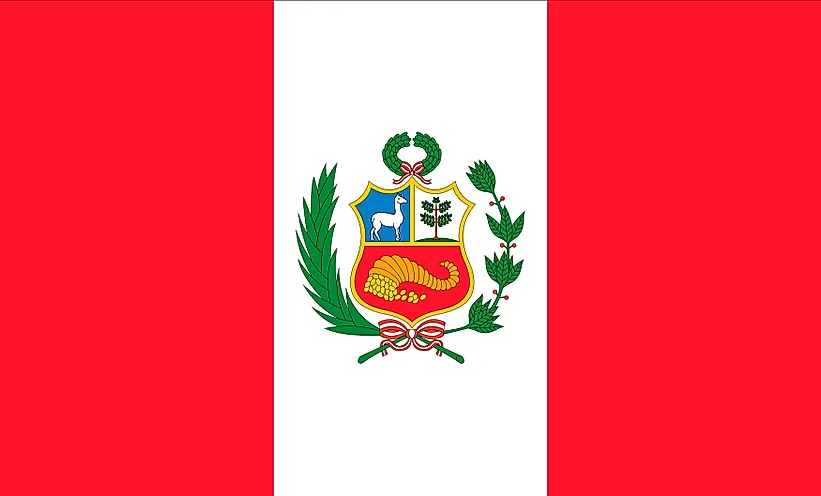
Peru
| Continent | Americas |
| Capital | Lima |
| Population | 30,741,062 |
| GDP | $410.00 Billion |
| GDP per Capita | $13,000 |
| Dialing Code | +51 |
| ISO Code (2-letter) | PE |
| ISO Code (3-letter) | PER |
Peru Landscapes






About Peru
Welcome to Peru, a nation where ancient civilizations meet modern vibrancy. With approximately 33 million people occupying 1,285,216 square kilometers, Peru combines remarkable archaeological heritage with extraordinary biodiversity, standing as one of the world’s most culturally and naturally diverse nations.
Geographic Features and Natural Beauty
Peru’s geography encompasses three distinct regions: the coastal desert, the Andes mountains, and the Amazon rainforest. The country features dramatic variations in altitude, from sea level to peaks over 6,000 meters.
The landscape includes the mysterious Nazca Lines, the Sacred Valley of the Incas, and vast portions of the Amazon rainforest. The country’s varied topography creates multiple climate zones, supporting incredible biodiversity.
Protected areas include numerous national parks and reserves protecting unique ecosystems, from desert to rainforest. The country’s commitment to environmental protection focuses on preserving its remarkable natural heritage.
Cultural Heritage and Traditions
Peruvian culture represents a rich blend of indigenous, European, and African influences. The country’s heritage includes ancient Incan architecture, particularly Machu Picchu, colonial buildings, and vibrant contemporary arts.
Traditional arts include textiles, ceramics, and distinctive music. Cultural practices feature traditional festivals like Inti Raymi, while indigenous languages including Quechua and Aymara remain widely spoken.
Peruvian cuisine, recognized globally, features diverse regional traditions and ingredients, including ceviche, quinoa, and countless potato varieties. The tradition of community celebrations and religious festivals remains central to cultural life.
Historical Journey
Peru’s history spans from ancient civilizations through the mighty Inca Empire to modern times. The country’s territory was home to numerous sophisticated pre-Columbian cultures.
Significant periods include the rise of various pre-Incan civilizations, the Inca Empire, Spanish conquest and colonial period, independence in 1821, and modern development. The country’s rich historical legacy continues to influence its identity.
Modern Economic Landscape
Today’s Peruvian economy combines mining, agriculture, and tourism. The country is known for its mineral resources and agricultural diversity.
Recent initiatives focus on sustainable development, infrastructure improvement, and preservation of cultural heritage. Peru’s strategic resources and growing tourism sector support its economic growth.
International Relations and Global Position
Peru maintains active participation in regional organizations while fostering international partnerships. The country’s cultural heritage and natural resources extend its global influence.
Did You Know?
• Peru is home to 12 UNESCO World Heritage sites?
• The country has over 3,000 varieties of potato native to its territory?
• Machu Picchu was built without the use of mortar or metal tools?
• The Amazon River originates in Peru?
Conclusion
Peru represents a unique combination of ancient wisdom and modern progress. From its coastal deserts to its Amazonian rainforests, from its archaeological treasures to its modern cities, Peru continues to evolve while preserving its extraordinary heritage. As it addresses challenges including sustainable development and cultural preservation, Peru remains committed to progress while maintaining its position as a guardian of remarkable natural and cultural treasures.